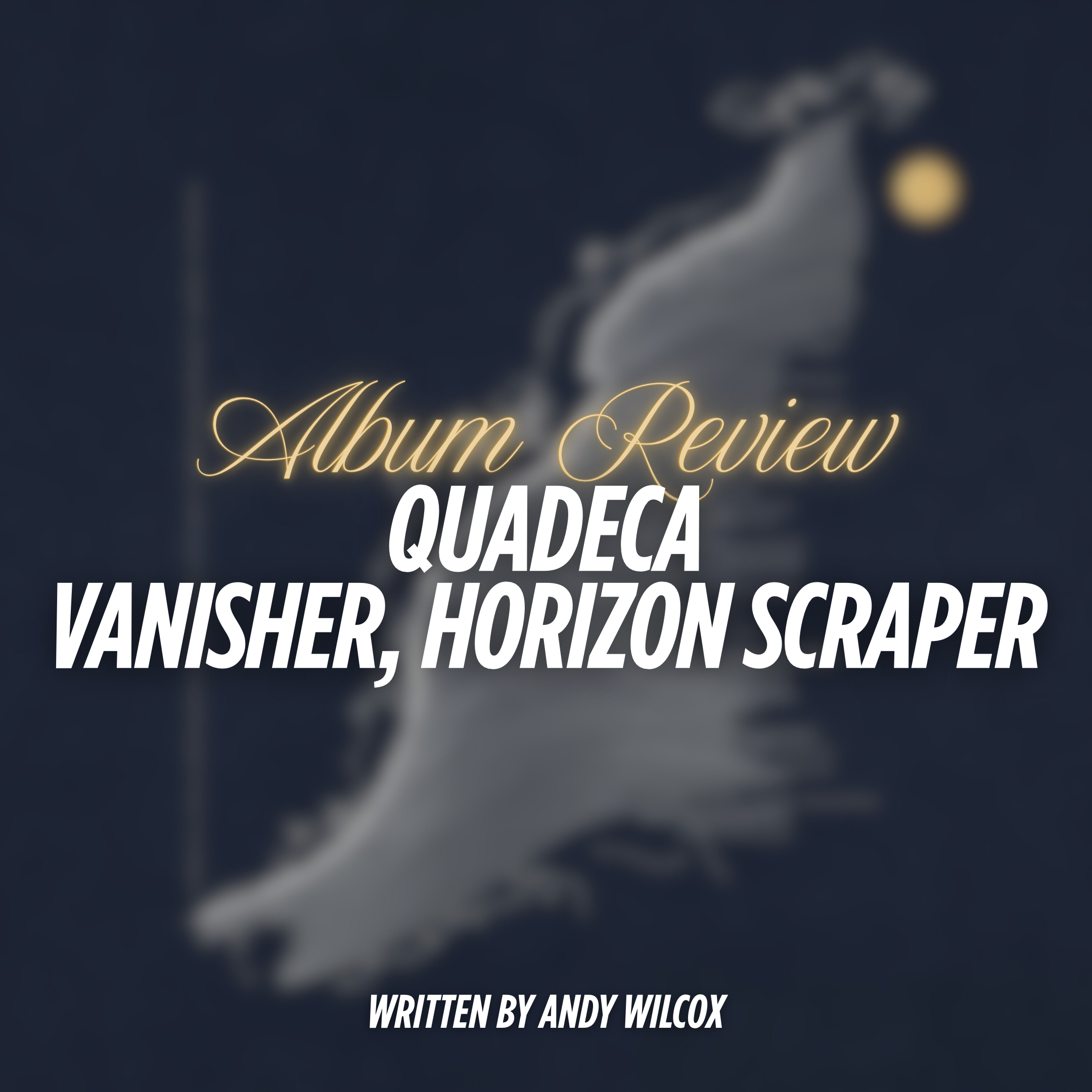Ethel Cain has returned with her highly-awaited sophomore album Willoughby Tucker, I’ll Always Love You three years after her critically-acclaimed debut Preacher’s Daughter. That project, highly-regarded by fans, immediately established a universe of characters and sonic motifs that are being elaborated throughout its follow-up Willoughby Tucker. The music is warm, patient, and slowly unraveling — full of characters you’re growing to know by heart without ever meeting them. The album story is set in 1986, years before Preacher’s Daughter, and right away it’s clear this record is more intimate. There are smaller stakes but heavier silences, and this project is more emotionally resonant to me in many ways.
The album follows Hayden and Willoughby — young, codependent, soft lovers whose relationship seemed destined to crash. The project is structured like memories, full of fragments, half-shared feelings, and songs that stretch without needing to arrive anywhere. Ethel moves between drone, ambient-folk, and soft southern pop, letting the production engulf her, dissolving around her voice.
“Nettles” is the emotional center and my favorite song of the album — almost eight minutes of emotion wrapped in organ and banjo. This song also contain’s my favorite line from the album: “I’ve never seen brown eyes look so blue.” “Fuck Me Eyes” leans into synth and shoegaze in a disarming way — it’s very messy and raw. There’s a tension between the album’s characters wanting to be looked at and wanting to disappear entirely.
The pacing is gentle but precise. “Dust Bowl”, “Tempest”, and “Waco, Texas” are just as expansive and devastating toward the end of the album, constantly building in emotional intensity. After the storm, everything feels hollowed out. This album depicts a specific kind of aching, prolonged heartbreak that Ethel seems eerily familiar with depicting through her characters.
There’s no final act at the end of this project, as it serves more as a prequel. You know from the first track “Janie” that something is going to be lost in the end. The cinematic storytelling Ethel’s known for is still here, but it's quieter. The drama happens in sideways glances and things left unsaid. At its simplest, this album’s songs are about wanting to stay in a moment that’s already slipping away.
Willoughby Tucker is more stripped back than Preacher’s Daughter, but it lingers longer. The album slowly unravels and is in no rush to resolve anything, never needing to over-explain itself. Ethel understands that the most devastating kind of love is the kind that feels like it could last, even when you know it won’t.
Favorite tracks: “Janie” — “Fuck Me Eyes” — “Nettles” — “Willoughby’s Interlude” — “Dust Bowl” — “Radio Towers” — “Tempest” — “Waco, Texas”
SCORE: 9.2/10




